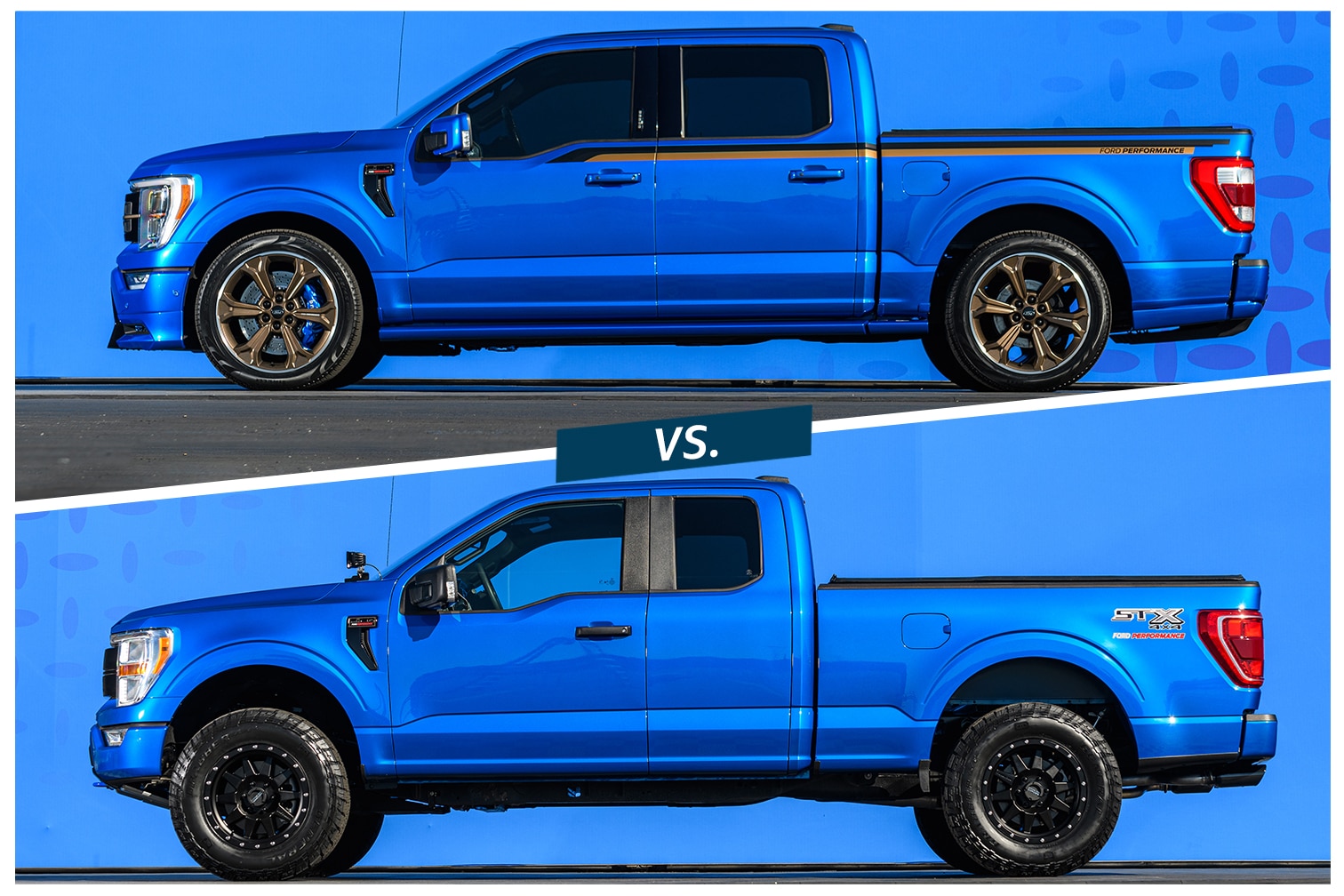What Is Crew Cab Vs Extended Cab

Understanding the subtle but significant differences between crew cab and extended cab pickup trucks is crucial for various reasons, from performing maintenance and repairs to planning modifications and even just understanding the specifications of your vehicle. This article will delve into the key distinctions between these two cab configurations, offering a technical overview that's approachable even for seasoned DIYers.
Purpose: Why Understanding Cab Configurations Matters
Knowing the difference between a crew cab and an extended cab isn't just trivia. It directly impacts several key areas:
- Repair and Maintenance: The cab size influences the placement of certain components (e.g., wiring harnesses, fuel lines), and affects access to them.
- Modifications: Adding accessories like running boards, bed covers, or even suspension lifts can be influenced by the cab and bed combination.
- Parts Ordering: Ensuring you order the correct parts (e.g., interior trim, rear seats, door components) depends on knowing your cab type.
- Vehicle Value: Different cab configurations often command different resale values.
- Personal Needs: Clearly understanding the passenger and cargo capacity of your vehicle is crucial.
Key Specs and Main Parts
The core difference lies in the rear passenger area. Let's break down the key specs and main parts:
Extended Cab (aka "Super Cab," "King Cab," etc.)
- Rear Door Configuration: Typically features two smaller, rear-hinged (suicide) doors or smaller forward hinged doors, opening independently of the front doors.
- Rear Seat Space: Offers a smaller rear passenger area. Seating is often more cramped and less comfortable for adults, especially on longer journeys. Often includes fold-down jump seats.
- Bed Length Options: Often paired with a longer bed to compensate for the smaller cab size.
- Frame Length: Shorter than a crew cab.
- B-Pillar: The B-pillar (the structural support between the front and rear doors) is often incorporated into the front door frame on rear-hinged models.
Crew Cab (aka "Double Cab")
- Rear Door Configuration: Features four full-sized, independently opening, forward-hinged doors similar to a sedan.
- Rear Seat Space: Offers significantly more rear passenger legroom and headroom. Designed for comfortable seating for adults.
- Bed Length Options: Often paired with a shorter bed to maintain overall vehicle length.
- Frame Length: Longer than an extended cab.
- B-Pillar: The B-pillar is a substantial structural element between the front and rear doors.
Key Components influenced by cab type:
- Wiring Harness: Routing and length of wiring harnesses, particularly those related to door locks, windows, and rear audio, will differ.
- Interior Trim: Headliners, door panels, and carpet sections are specific to each cab configuration.
- Seat Assemblies: The design and mounting of rear seats are distinctly different.
- Frame Extensions: Crew cabs typically have a longer frame to accommodate the larger passenger area.
- HVAC Ducts: The routing and placement of HVAC (Heating, Ventilation, and Air Conditioning) ducts to the rear passenger area will vary.
How It Works: Structural and Functional Differences
The fundamental difference lies in the structural rigidity and passenger accommodation. Extended cabs prioritize cargo bed length and offer a compromise on rear passenger comfort. Crew cabs prioritize rear passenger comfort, often sacrificing some bed length.
Extended Cab Construction: The smaller rear door openings of extended cabs can sometimes present challenges in terms of overall body rigidity. Manufacturers address this with reinforced B-pillars and strategically placed welds. The smaller rear door opening also limits the size of the rear window, potentially impacting visibility.
Crew Cab Construction: The four full-sized doors of a crew cab contribute to easier access and egress for rear passengers. The longer wheelbase contributes to a smoother ride. However, the shorter bed length may limit cargo-carrying capacity for certain applications.
Real-World Use: Basic Troubleshooting Tips
Knowing your cab configuration can help with troubleshooting common issues:
- Door Latch Problems: Extended cab rear doors, especially the rear-hinged type, can be prone to latching issues due to misalignment or wear. Check the alignment of the striker plate and lubricate the latch mechanism regularly.
- Rear Window Leaks: The smaller rear windows in extended cabs can sometimes develop leaks. Inspect the seals and weather stripping for cracks or damage.
- HVAC Performance: Rear HVAC performance might be less effective in an extended cab due to the smaller ducting and greater distance from the main HVAC unit. Ensure the ducts are clear and unobstructed.
- Seat Folding Mechanisms: Familiarize yourself with the seat folding mechanisms in your specific cab type. These mechanisms can sometimes become stuck or require adjustment.
Safety: Highlight Risky Components
Several components within both cab configurations can pose safety risks:
- SRS (Supplemental Restraint System) Components: Airbag sensors and modules are located throughout the cab. Never tamper with these components without proper training and precautions. Disconnecting the battery is essential before working on any part of the SRS.
- Wiring Harnesses: Damaged or frayed wiring harnesses can create short circuits and fire hazards. Carefully inspect wiring harnesses for signs of damage and repair or replace as needed.
- Power Windows and Door Locks: These systems operate at relatively high voltage. Disconnect the battery before working on any electrical components.
- Sharp Edges: When removing interior trim panels, be aware of sharp edges and wear appropriate gloves.
Diagram Access
For more detailed information, including specific diagrams and wiring schematics related to your vehicle's cab configuration, feel free to contact us. We have a comprehensive database of technical documentation and can provide you with the relevant files. Having access to these schematics is invaluable for accurate diagnosis and repair.
